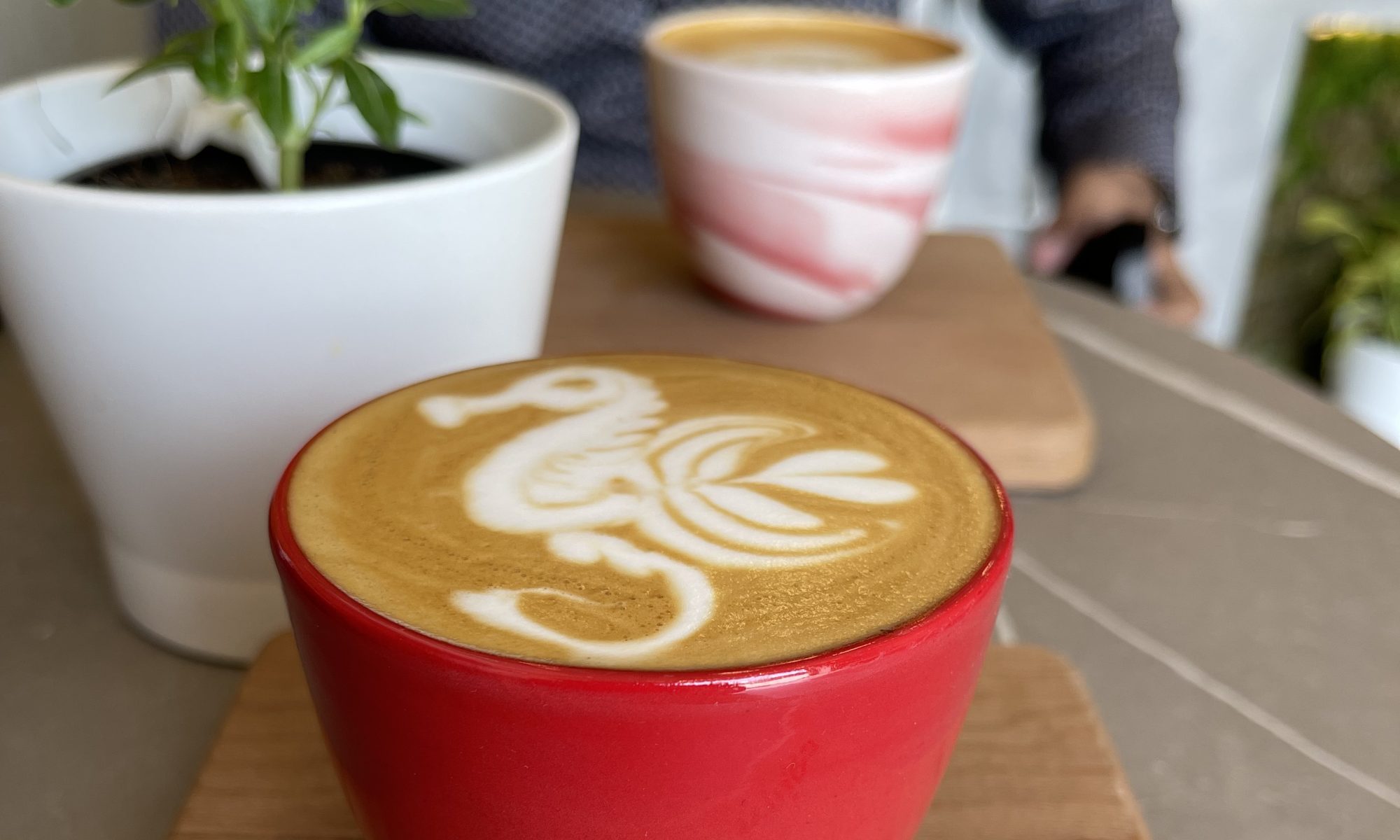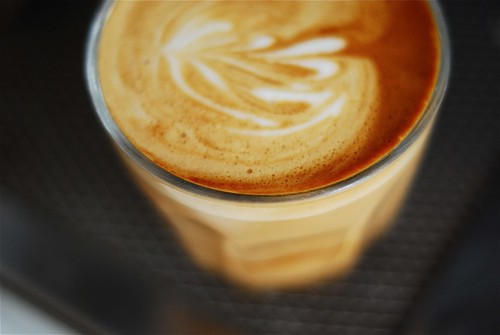The year seems to be going through pretty fast and I thought about documenting what has delighted my taste buds so far this year in the World of Coffee. First up, was the Colombian Gaitania, roasted by then St Ali London (now Workshop Coffee), which I picked up at their sister store, Sensory Lab (now Workshop Coffee) on Wigmore Street. I fell for this coffee when I first tasted it on an aeropress in Clerkenwell and made sure that before I left London I picked up a bag to take back to Cape Town with me. I featured it as a coffee at my coffee tasting event at Escape Caffe and then enjoyed the remainder at home on an aeropress. It didn’t disappoint on every brew, displaying a clean caramel light acid taste. I used this coffee to induct my 12 year old daughter on the pleasure of drinking coffee on an aeropress and she too was pleasantly surprised by the clean sweetish taste she experienced. I have to confess, I can’t see many coffees beating my experience of this bean this year, at least on the aeropress.
A close second has to be the Ethiopian Yirgacheffe Konga, sourced by Union Hand Roasted Coffee (another top London based roaster). I’m glad to report that they now have a satellite shop or should I say “Field Office” in true UN lingo, in Cape Town, down the road from my caffe, Escape Caffe on Bree Street, Cape Town. At the forefront of their Cape Town branch, located on Buiten Street, is Gerald, the main roaster, who had 4 months of training at Union Hand Roasted in London before being sent back to Cape Town. When I told Gerald I wanted something special for my Coffee Tasting Event/ cupping sessions for customers (held on the 1st Saturday of every month), he highly recommended this bean. At first, I was wondering why I loved this bean so much – light, sweet finish, hint of caramel, sour berry and pleasant + soothing effects. It should come as no surprise then that I have featured this bean on 2 occasions. On the second, I even had the pleasure of sampling the bean roasted in 2 different ways – sample roast 10 days before and large batch 5 days earlier – subtle difference but the 10 day old roasted got the edge for me as I felt it was more developed and had a cleaner/more refined finish. For the record, the Yirgacheffe Konga is washed. The taste profile for this bean – well! Again, I asked my 12 year old daughter to taste and give me her profile “caramel and hint of blueberry Daddy” – well you never, the taste profile on Union Hand Roasted website is blueberry caramel – Wow! My daughter’s going to be better than me.
I can’t leave without at least mentioning a Square Mile Coffee bean and here we have Rwanda Musasa Rushashi. Described as having a hint of graprefruit acidity, I felt this was more pronounced only when brewing on the French Press. Other taste profiles, reminded me of black berries and hints of dark organic chocolate. In conclusion, an unusual bean and perhaps not everyones “cup of coffee” but that’s what makes it interesting and after all not all coffees are supposed to taste the same. I preferred this coffee after a heavy meal and for livening the senses.

































